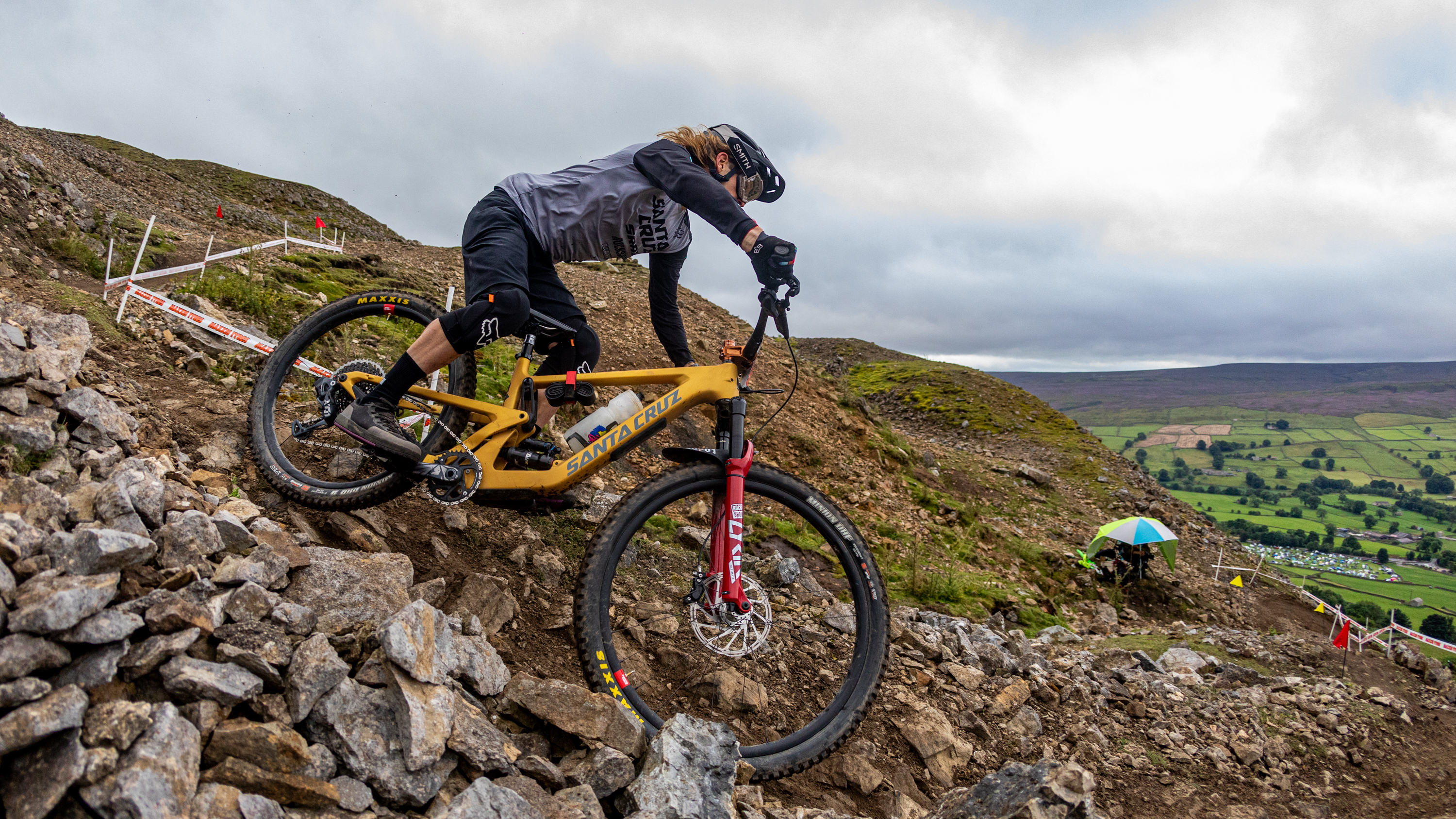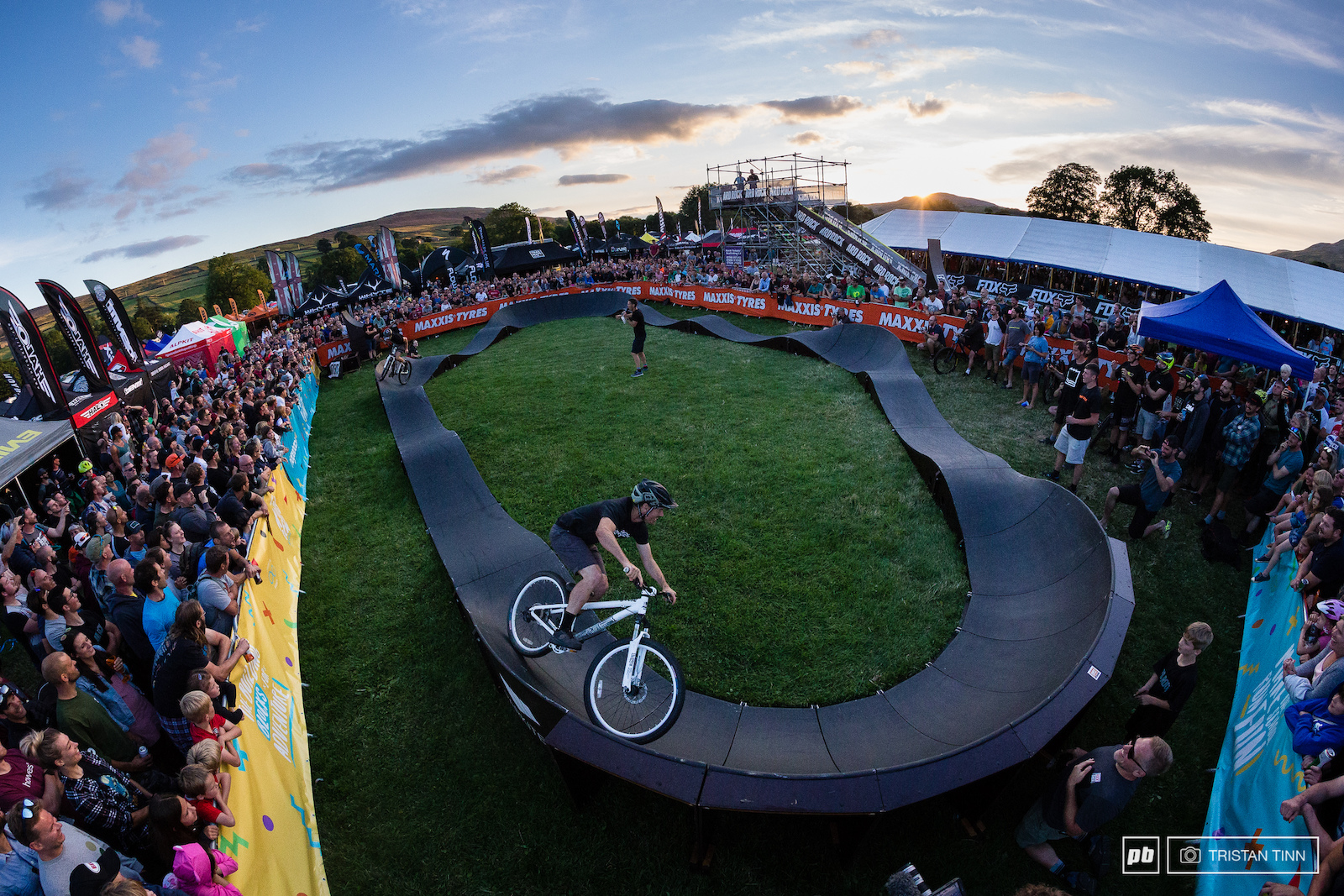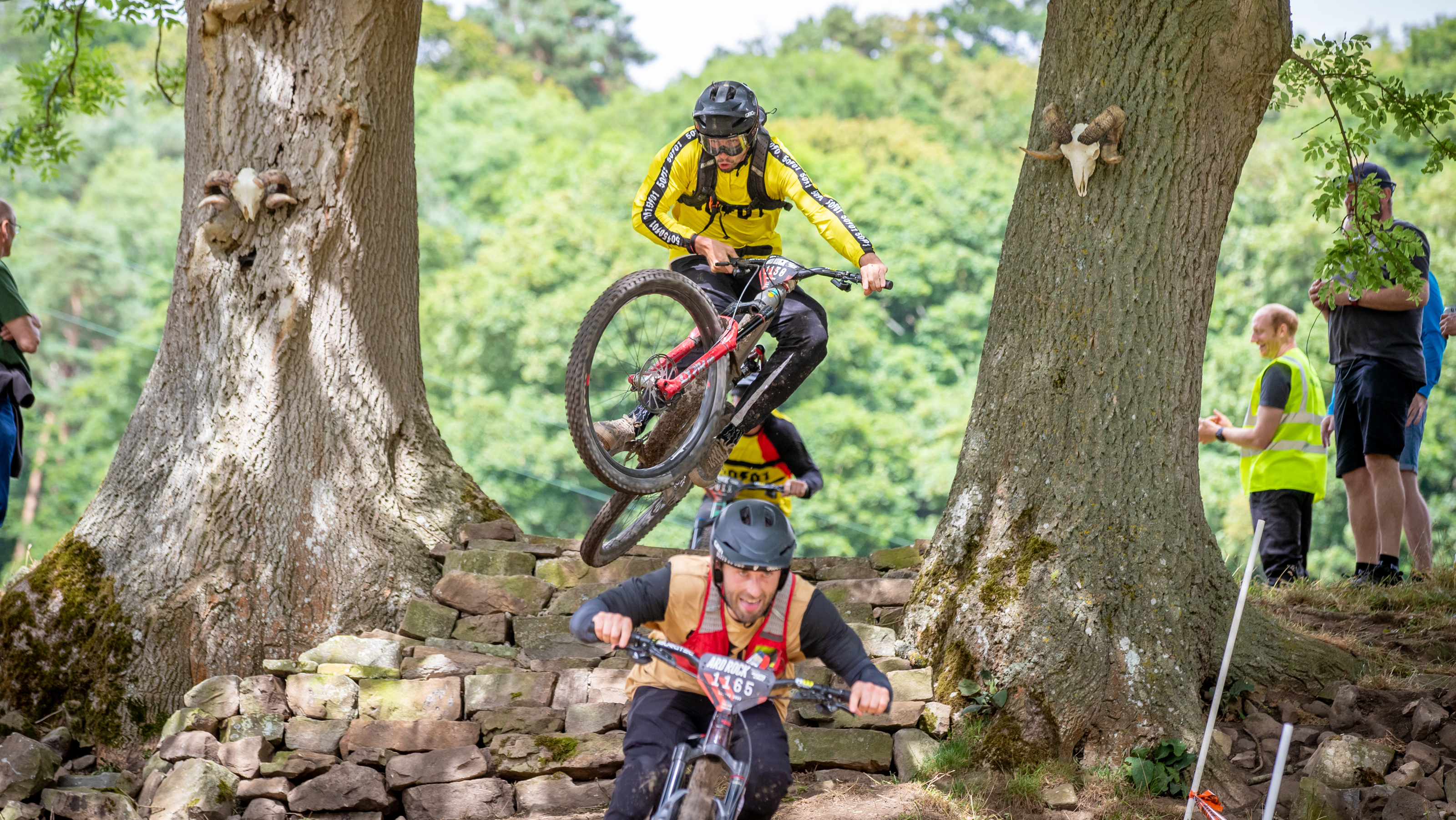Bespoken Word – think fresh to progress
It’s still sort of ‘New Year’ so Guy Kesteven is going further into the subject of rethinking your riding and bike-related life to get even more out of the year ahead

Last week in Bespoken Word I talked about how changing the way you think about change could make a key difference in improving your biking in 2023. There was a part of the process I didn’t have time to talk about though so here’s part two: How refining your focus, reframing your language, and trying fresh ideas is much more effective than trying to improve by reliving past glories or criticizing mistakes.
Focus
I did manage to talk a little bit about breaking down aspects of riding into its component parts to really gain control, but that needs some more focus.
I mean that in a literal sense too as the more information you can pull out of each aspect, the more you can refine things. So when you think about body position don’t just think about where you are on the bike, or whether your knee is sticking in or your elbow is up. Think about how your hands feel on the bars and your shoes feel on the pedals and whether they’re tense or relaxed. And while this sounds more like a yoga video transcript run this up through your arms, legs, neck, and shoulders if you can. Do the same as you climb and corner. Where are you breathing, where are you not, are you snatching at breaths and drowning or going deep to get maximum benefit? That might sound like an overwhelming amount of different things to think about, but the more information and awareness you have, the more elements you can improve slightly to create a noticeable overall gain.
The same applies to how you approach the trail. Thoughts like “I braked too much”, “I wasn’t going fast enough”, “I squared the second turn and completely blew it”, “I can’t climb that section” don’t really help. If you braked too early, mark that point mentally and brake slightly later. Why weren’t you going fast enough? Were you in the wrong gear? Did you brake rather than pedal or not pedal hard enough? What can you change about the first corner to make the second corner a success? Body position? Line? Where you’re looking from entry to apex to exit? And if you ‘can’t climb that’ is that a line choice thing? Are you hitting a slippery root or tapping a pedal? Are you in too high a gear? Too low a gear? Do you need to learn to hop up a step properly? Do you not have the strength required or are you pacing things wrong? Questions like this will give you the information you need to start working through all possibilities and create structured progression. Not just occasional accidental improvements that are hard to repeat because you’re really not sure why it went well that time.

Change your lanes
While riding ruts seems all the rage right now, don’t get stuck in a rut with your riding. The more different keys you try to unlock problems, the more likely you are to find one that fits. Watch how other riders approach things that you struggle with and see what you can learn. I once followed DH World Champion Danny Hart riding blind down a gully on my local test loop and for the few seconds he was still in sight I don’t think he touched a single part of the trail that I’d ever even considered riding.
Suddenly it was very clear that when he used the walls as berms, and boosted that rock I always avoided he was having a total blast not braking awkwardly in the slop at the bottom of the trench and he tripled his speed in the process. Find track walk and race footage to watch how DH racers ride sections for maximum speed or how Enduro riders ride to maximize efficiency over an epic day. Look how XC riders pick lines on climbs or cope with minimal traction and travel on technical sections. I’m not saying you’ll be able to go half as fast (I’m still nowhere near Danny on that gulley section) but broadening your mind to the possibilities.
Just being aware of different approaches - like hitting smooth rocks but avoiding holes or pumping the back of drops to keep/gain speed, or coming in slower/wider to exit faster/tighter - all add to your potential to improve when you next hit the trail. You don’t even have to watch pro riders either, a practice session on a tough section with your mates mid-ride can be an awesome way to pick up tips, try new stuff, see what works for others, find out what works for you, and get others to help spot what you need to work on.
Watch your language as you’re working through the process too. I don’t mean stop swearing (unless you’re riding a family track on a busy day) but check what you’re saying to yourself. Chances are even the most unskilled rider is doing more meters of trail right than wrong but it’s very easy to get hung up on the negatives and give yourself a really hard time about them. That’ll make you tense, anxious, and expecting to fail and if screwing up is the dominant thought in your head, it’s likely to be the dominant outcome too. So even if you do screw up overall, work out what went right and give yourself credit for that. Not only will that stop you crushing any gains you’ve made under a blanket sulk of self-hate but it’ll give you positive tools to apply the next time. So even if you spun out on a climb, the fact you had the power to do it is a plus. If you went into a turn too hot and slid out, you’ve now got a point to dial back from so you can find the braking sweet spot and so on.

Give yourself a break
Giving yourself a break is very important in other ways too. Applying this kind of focus to every part of every ride is exhausting. I’ve lost count of the riders who’ve been too hard on themselves and made what used to be fun a fight and gone backward not forwards as enthusiasm has tanked. That’s especially true of physical training as well, so as I said last week concentrate on the long slow game of improvement and keep things enjoyable rather than being impatient. In fact one of the most important lessons you can learn about improving is that it’s never a linear process and if you’re not feeling it today, then doing something that’ll make you smile rather than a skills session or a smash fest is always the better decision
Be aware that mountain biking probably has more random elements than anything else you could try and improve at, so comparing yourself to past glories - or other people - is rarely a help. Even if you’re a track sprinter where the bike, surface, drag, windspeed etc. have minimal variation, what you’ve eaten, whether you’ve picked up a bug or overstressed yourself at work/training the day/week/month before can all have a big difference to outcomes.
Now take all those potential curveballs into a wet wood where grip, drag, wind, what you’ve ridden before, and who you’re riding with are all massive factors. Now basing your ride assessment compared to your Strava time from last week/year or where you are in the pack in relation to Rich or Amy - who’ve brought their own set of randomizing factors to each part of the ride is not only pretty pointless, it’s also potentially damaging.
Even seemingly ‘sterile’ environments like weight training or turbo trainer tests need to be seen as a long-term lesson-learning environment, not the guaranteed gains programs often used to sell them. Because frankly, unless you hand over your entire life and all relevant biometric and lifestyle data to a talented coach, those kinds of programs are at best good generic guesses and at worst utter bullshit.

Keep it fun
What I can ‘guarantee’ though is that if you’re inclined towards improvement, the more focus, thought, positivity, and curiosity to try new approaches you bring into your biking the better. And if you’re wired that way, a long-term learning approach will also be more fun and fulfilling too.
Anyway, that’s enough self-help ‘new year, new me’ stuff for this spring, so tune in next week for whatever random thoughts have happened to short-circuit my brain when I’ve started typing. Currently, it’s a toss-up between supporting local shops or copying sheep when it comes to clothing but who knows where we’ll be seven days from now.

Guy Kesteven has been working on Bike Perfect since its launch in 2019. He started writing and testing for bike mags in 1996. Since then he’s written several million words about several thousand test bikes and a ridiculous amount of riding gear. He’s also penned a handful of bike-related books and he reviews MTBs over on YouTube.
Current rides: Cervelo ZFS-5, Specialized Chisel, custom Nicolai enduro tandem, Landescape/Swallow custom gravel tandem
Height: 180cm
Weight: 69kg
